Date Palm Tree
- November 8, 2024
- 0 comment
The Date Palm Tree, scientifically known as Phoenix dactylifera, is a prominent and culturally significant tree found in many arid and semi-arid regions around the world.
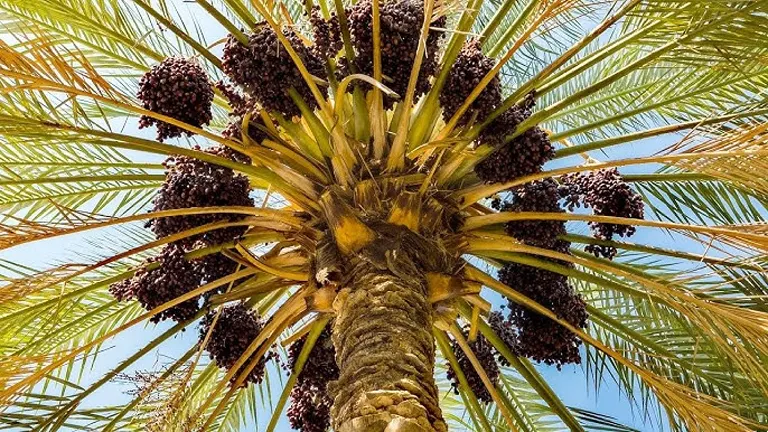
Valued for its sweet, nutritious fruit and its ecological importance, the date palm has played a crucial role in human civilization for thousands of years. This tree is not only a staple in agriculture but also contributes to environmental stability and biodiversity.
What Is a Date Palm Tree?
The Date Palm Tree belongs to the Arecaceae (palm) family and is classified under the genus Phoenix. It is known for its long, slender trunk topped with a crown of feathery, pinnate leaves that can reach up to 6 meters in length. The bark is rough and fibrous, featuring distinctive leaf scars arranged in a spiral pattern. This tree typically reaches a height of 15 to 25 meters, and its roots have a specialized system that allows it to thrive in nutrient-poor, sandy soils.
| Characteristic | Description |
|---|---|
| Species | Date Palm Tree (Phoenix dactylifera) |
| Common Names | Date Palm, Date Tree |
| Lifespan | Can live over 100 years |
| Location | Found in North Africa, the Middle East, and parts of South Asia |
| Height | Typically grows 15-25 meters |
| Leaves | Long, feather-like, pinnate, up to 6 meters |
| Flowers | Small, cream-colored, and grow in clusters |
| Ecological Role | Prevents soil erosion, improves soil health, supports local fauna |
| Cultural Importance | Integral to agriculture and traditional practices in arid regions |
| Adaptability | Thrives in arid, subtropical, and tropical climates with well-drained soil |
| Wildlife Support | Provides food (dates) and shelter for birds, insects, and small mammals |
| Economic Use | Dates are consumed worldwide; the tree is used in landscaping and crafts |
| Pollination | Relies on wind or human-assisted pollination; attracts bees |
| Symbolic Meaning | Represents endurance, prosperity, and life in desert climates |
One interesting fact about date palms is their exceptional lifespan, which can extend over 100 years. Additionally, they possess unique adaptations that enhance soil health, such as deep root systems that aid in water retention and reduce soil erosion.
Different Types of Date Palm Tree Species
While the most common and widely cultivated species is Phoenix dactylifera, several related species contribute to the diversity within this genus:
Phoenix Canariensis (Canary Island Date Palm)
A decorative palm native to the Canary Islands, recognizable by its broader trunk and lush, arching leaves.
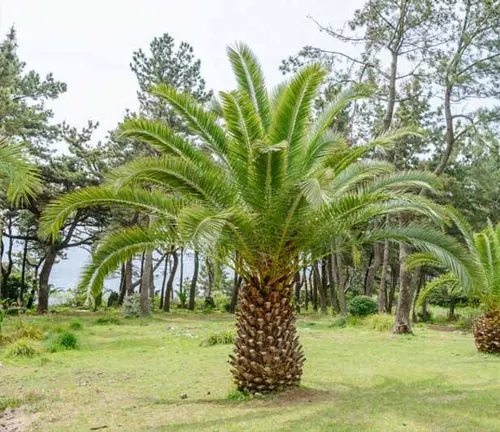
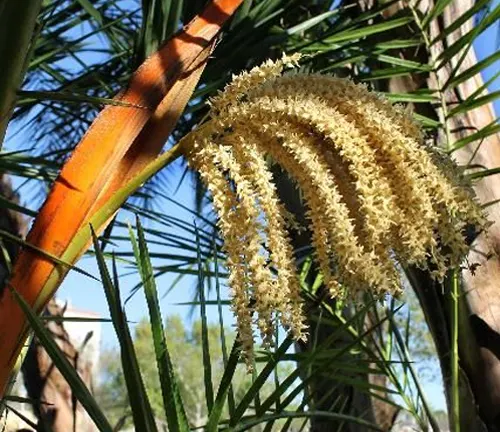
Phoenix Reclinata (Senegal Date Palm)
This species is found in tropical regions of Africa and is known for its clumping growth pattern, forming dense clusters.
Phoenix Sylvestris (Silver Date Palm)
Native to the Indian subcontinent, it features silvery leaves and is often used for landscaping.
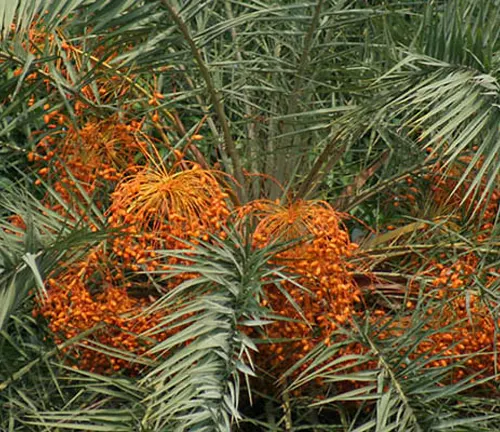
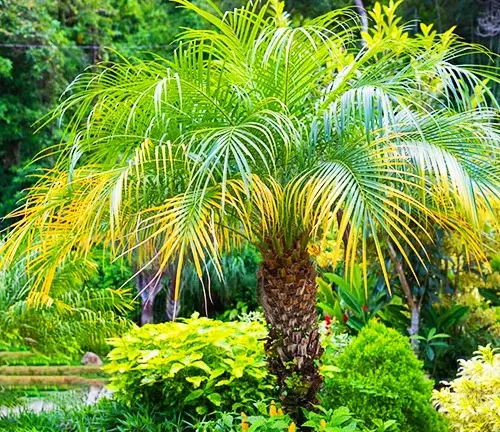
Phoenix Roebelenii (Pygmy Date Palm)
A smaller variety well-suited for ornamental purposes due to its compact size.
These species vary in size and habitat, but all contribute significantly to their ecosystems by offering shelter and food to local fauna and assisting in soil conservation.
Where Do Date Palm Trees Grow?
The natural habitat of the date palm includes the hot and arid climates of North Africa, the Middle East, and parts of South Asia. These trees are highly adaptable to different soil types but prefer well-drained, sandy loam with ample sunlight. Date palms are also commonly found near oases and in regions where groundwater is accessible, which enables them to sustain their growth even in harsh, arid environments.
These trees play a critical role in their ecosystems by stabilizing soil, reducing desertification, and providing much-needed shade. Their ability to withstand extreme heat makes them an ideal plant for desert and semi-desert regions.
How to Grow and Care for Date Palm Tree
Growing a date palm at home or in a garden requires understanding its unique needs:
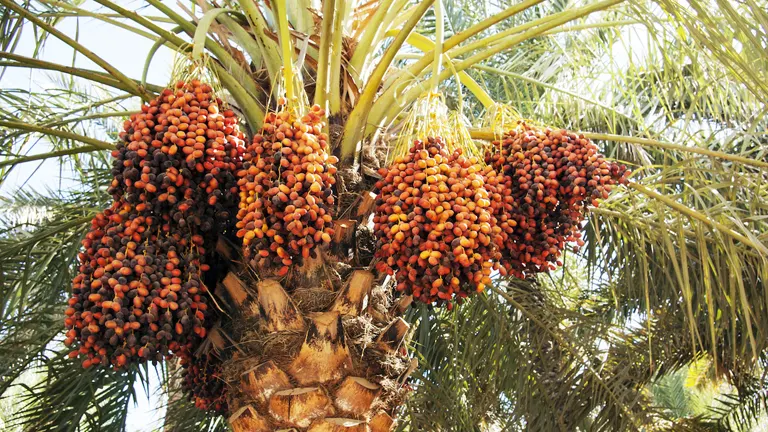
- Soil: Date palms thrive in well-draining soil, preferably sandy or loamy. Adding organic matter can help improve nutrient availability.
- Water: Although drought-tolerant, young palms need regular watering until they are well-established. Mature date palms can survive with minimal water.
- Sunlight: Full sun exposure is essential for optimal growth. Place them in a location that receives at least six to eight hours of direct sunlight daily.
- Propagation: Date palms can be propagated from seeds or offshoots. Offshoots, or “pups,” ensure a faster growth rate and are genetically identical to the parent tree, whereas seeds may produce variable results.
- Maintenance: Prune dead or damaged fronds regularly, and monitor for pests such as the red palm weevil or fungal diseases like leaf spot.
Ecological Benefits of Date Palm Tree
Date palm trees contribute significantly to their environment by improving soil structure and reducing erosion. Their roots help bind the soil, preventing wind erosion in arid regions. Furthermore, they contribute organic matter as they shed fronds and fruit, enriching the surrounding soil.
These trees also play a role in sustaining local wildlife, providing both habitat and food. Birds, insects, and small mammals rely on date palms for shelter and nourishment, creating a balanced ecosystem.
Date Palm Tree Flowering and Pollination
Date palms typically flower in late spring, producing small, cream-colored flowers that grow in clusters. The male and female flowers grow on separate trees, making cross-pollination essential for fruit production. Pollination can occur naturally via wind or through human assistance in agricultural settings.
The flowers attract a variety of pollinators, including bees, which play a significant role in ensuring fruit development. This interaction highlights the date palm’s importance in sustaining pollinator populations and contributing to the biodiversity of its habitat.
Is Date Palm Tree Drought-Tolerant?
The date palm is well-known for its impressive drought tolerance. It has deep roots that can tap into underground water sources, making it highly efficient at surviving prolonged periods without rain. This quality makes it an excellent choice for xeriscaping and for planting in regions where water conservation is a concern.
When planting in arid or semi-arid climates, it’s essential to ensure the tree receives occasional deep watering to promote root health and longevity.
Date Palm Tree and Wildlife Interactions
Date palms support a variety of wildlife, from insects that pollinate the flowers to larger animals that feed on the fruit. The dates themselves are a source of energy for many bird and mammal species. In some cases, date palms have symbiotic relationships with animals; for example, bats are known to assist in pollinating date palms in certain regions.
The tree also serves as a habitat for numerous birds, which build nests among the fronds, adding to the tree’s ecological value.
Conclusions
The date palm (Phoenix dactylifera) is more than just an agricultural asset; it is a vital component of many ecosystems. Its ability to thrive in harsh climates, improve soil health, and provide sustenance to wildlife underscores its environmental significance. Conservation efforts that promote the sustainable cultivation and protection of date palms help ensure that this tree continues to benefit biodiversity and contribute to the health of arid ecosystems for future generations.
Frequently Asked Questions (FAQs)
- What is the scientific name of the Date Palm Tree?
The scientific name is Phoenix dactylifera. - Where do Date Palm Trees grow naturally?
They are native to North Africa, the Middle East, and parts of South Asia. - What are the main uses of Date Palm Trees?
Primarily for date fruit, but also for landscaping and crafts. - How long can a Date Palm Tree live?
Date palms can live over 100 years. - What climate do Date Palm Trees thrive in?
They thrive in arid, tropical, and subtropical climates. - What role do Date Palm Trees play in the ecosystem?
They prevent soil erosion, improve soil health, and support wildlife. - How do Date Palm Trees reproduce?
Through wind or human-assisted pollination. - Why are Date Palm Trees important culturally?
They are integral to traditional practices and agriculture in arid regions.
We hope this guide has highlighted the importance of the Date Palm Tree. Have insights or experiences related to cultivating or protecting date palms? Share your thoughts in the comments to inspire eco-friendly efforts. Don’t forget to share this guide with those dedicated to safeguarding our natural environment.


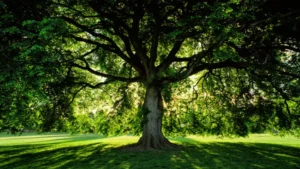

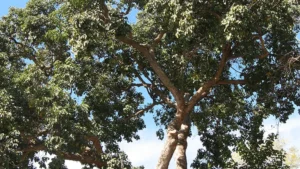
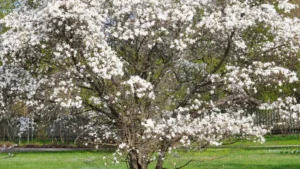
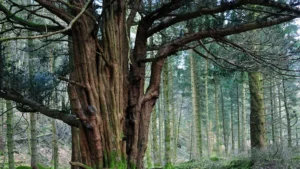
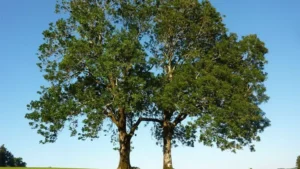
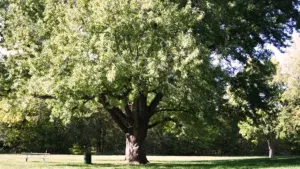
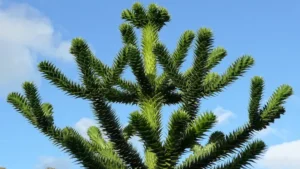
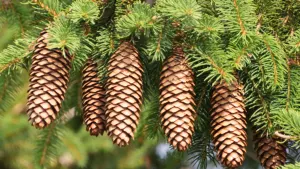
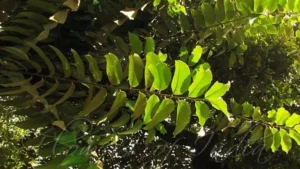
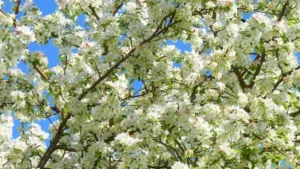
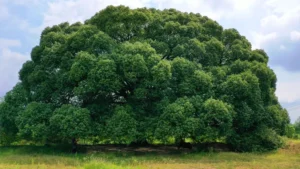
Leave your comment